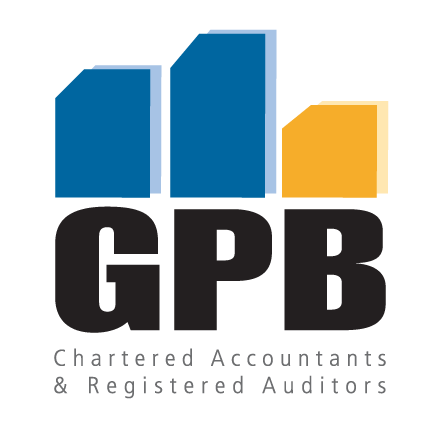Making Tax Digital
Making Tax Digital for VAT requires VAT registered businesses with taxable turnover above the VAT registration threshold (income above £85,000 for 2018/19 and 2019/20), to keep records in digital form and file their VAT Returns using software.
It is increasingly common for business records and accounts to be kept digitally, in a software program on a computer. The difference under Making Tax Digital is that the software which businesses use must be capable of keeping and maintaining the records specified in the regulations, prepare VAT Returns using the information contained in those digital records and communicating with HMRC digitally.
If digital records are up to date, the VAT software will be able to collate and prepare your return for you. It will then show the return to you and ask you to declare that it is correct and confirm that you want to submit it to HMRC. Once you have submitted your return you will receive confirmation through your software that it has been received.
Majority Unaware of Inheritance Tax Limits
Confusion about the operation of inheritance tax (IHT) is growing, with over two thirds of those liable not knowing the threshold for the standard nil rate band of £325,000, according to a survey by Canada Life.
For many people, their single largest asset is their house. Hopes for securing their children and beneficiaries financial futures rest on being able to pass on as much of its value as possible.
Last month the government announced plans to review the ‘complex’ IHT system in the UK, tasking the Office of Tax Simplification (OTS) to make recommendations about possible reforms.
The OTS will consider simplification options; IHT has become increasingly complex in recent years as successive governments have failed to increase the base IHT limit of £325,000 for individual taxpayers in line with soaring house prices or inflation. There is a higher limit of £650,000 for married couples and civil partnerships. In addition there is the residential nil rate band, applied to lived-in property and this will earmark up to £1m exempt from IHT by 2020.
Inheritance Tax is a tax on the estate (the property, money and possessions) of someone who has died. There’s normally no Inheritance Tax to pay if either :
- the value of your estate is below the £325,000 threshold
- you leave everything to your spouse or civil partner, a charity or a community amateur sports club.
If you give away your home to your children or grandchildren, your threshold will increase to £425,000.
If you’re married or in a civil partnership and your estate is worth less than your threshold, any unused threshold can be added to your partner’s threshold when you die. This means their threshold can be as much as £850,000.
Inheritance Tax rates
The standard Inheritance Tax rate is 40%. It’s only charged on the part of your estate that’s above the threshold.
There’s normally no Inheritance Tax to pay if you move out and live for another 7 years.
If you want to continue living in your property after giving it away, you’ll need to:
- pay rent to the new owner at the going rate (for similar local rental properties)
- pay your share of the bills
- live there for at least 7 years
You don’t have to pay rent to the new owners if both the following apply:
- you only give away part of your property
- the new owners also live at the property
Making Income Tax Digital
You need to follow the requirements for Making tax digital (MTD) for Income Tax if you are self employed or a landlord from 6 April 2026 if you have an annual business property income of more than £50,000 and from April 2027 if you have annual business property income of more than £30,000. MTD will have three key components: digital records, quarterly updates, and a year-end declaration. All transfers of data to meet these requirements will have to be done using digital links. For any questions or assistance please contact us on info@gpbaccountants.com.
